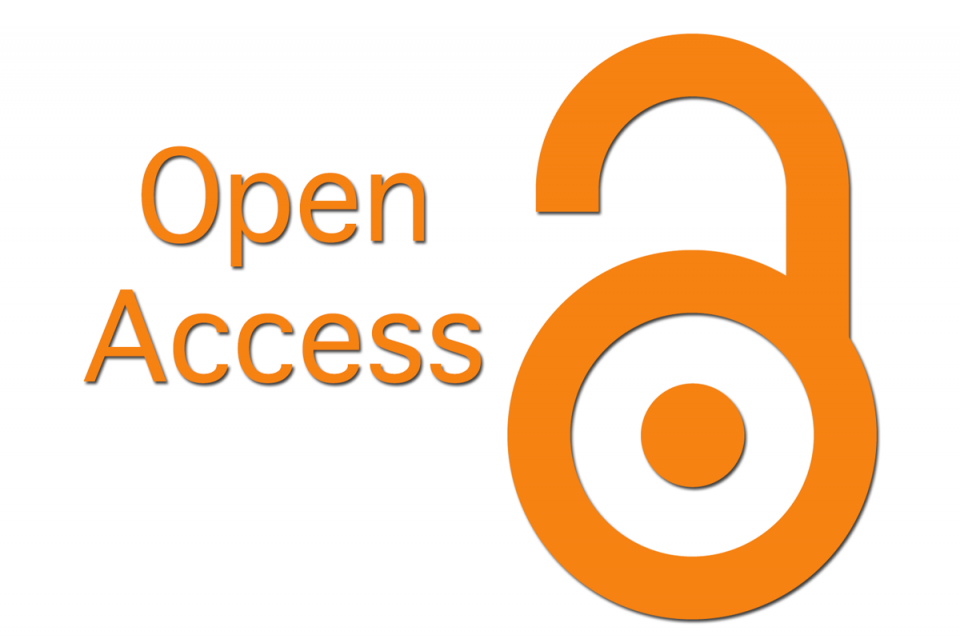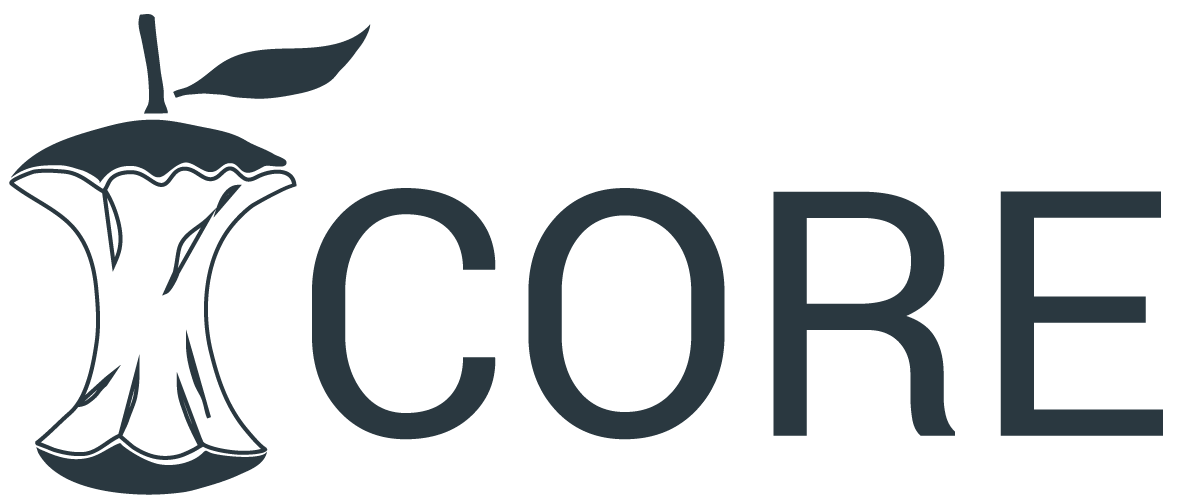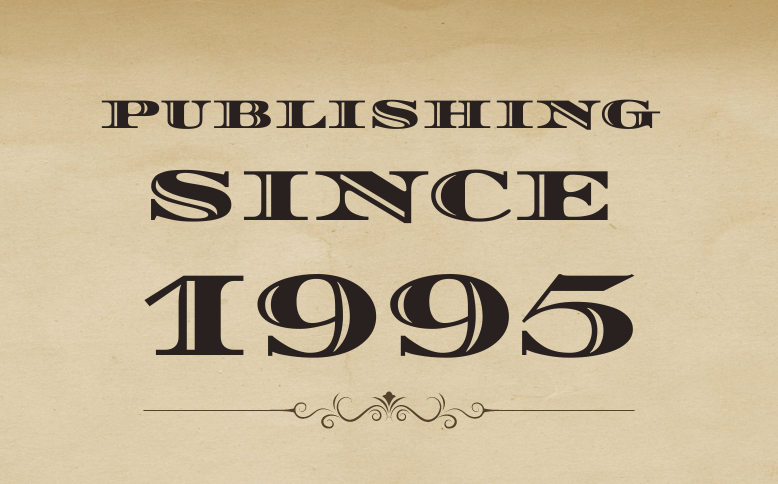Internal and External Factors Determining Foreign Policy of Iran: Prospects and Perspectives
Keywords:
Foreign Policy, Geopolitical factors, Natural resources, Religion, Socio-cultural factorsAbstract
The present paper tried to analyse external and internal factors which effecting Iran’s foreign policy. Iran is one of the most important and effective powers of the Middle East due to its geopolitical position, natural resources, power of influence, historical and cultural background, and ideological attitude after the 1979 Revolution. The determination of the mental, psychological, physical environment and conditions in which decision-makers make their foreign policy decisions is considered as one of the important facts in terms of foreign policy analysis. It is known that besides external factors, internal factors are also effective in determining foreign policy decisions. However, realist movements made a basic distinction between domestic and foreign policy and did not address the role of internal factors in influencing foreign policy. The realist movement argues that external factors, as well as internal factors, are also formed within the sovereign boundaries of states, but the main point of separation is that external factors focus on activities outside the sovereign borders of the state. They emphasize that states are accepted as the main actors in the international system and foreign policy is determined by states as a whole
Downloads
References
Faruk Sönmezoğlu, “Politika ve Dış Politika Analizi “ , İstanbul, Der Yayınları, 2012, p. 255-256
Muhammed R. Hafeziniya , “ Iran Jeopolitiği ve Siyasi Coğrafyası “, İraniyat Yayınları, Ankara, 2017, p.45-46
Kayhan Barzegar, "The Geopolitical Factor in Iran’s Foreign Policy" , mei.edu, January 29, 2009, accessed March 17, 2020, https://www.mei.edu/publications/geopolitical-factor-irans-foreign-policy.
Ertan Efegil, “ İran’ın Dış Politika Yapım Sürecini Etkileyen Faktörler “, Ortadoğu Analiz, Vol 4, No 48, 2012, p. 55-56 ( p. 53-68 )
"Iran boosts "deterrent capability", defence minister says", https://www.spacewar.com/, August 28, 2004, accessed March 16, 2020, https://www.spacewar.com/2004/040828113957.zhv1s3wu.html
Daniel Byman et.al, Iran Security Policy in the Post-Revolutionary Era,Santa Monica, Rant Library, 2001,
p. 13
Rasmus Christian Elling, Minorities in Iran: Nationalism and Ethnicity after Khomeini, New Jersey, Palgrave Macmillan, 2013, p. 39-40
Mahan Abedin, “The Domestic Determinants of Iranian Foreign Policy: Challenges to Consensus”, Strategic Analysis, Vol 35, No 4, 2011, p. 616-618 ( p.613-628 )
Imad Salamey and Zanoubia Othman, “ Shia Revival and Welayat Al-Faqih in the Making of Iranian Foreign Policy” , Politics, Religion and Ideology, Vol 2 , No 12, 2011, p.200-201, ( p. 197-212 )
Keith Crane and Jeffrey Martini, Iran’s Political, Demographic, and Economic Vulnerabilities, rand.org, 2008, accessed, 15.07.2020, https://www.rand.org/pubs/monographs/MG693.html
https://en.parliran.ir/eng/en/Constitution , Accessed, 25 May, 2020
Ünal Gündoğan, İran ve Ortadoğu, Ankara, Adres Yayınları, 2010, p. 192
Bezen Balamir Coşkun, Global Energy Geopolitics and Iran, Journal of International Relations, Vol 17, No 20, 2009, p. 182, ( p.179-201 )
Serhan Ünal, “ Yaptırımlar Sonrası İran ve Bölgesel Enerji Jeopolitiği “ , TENVA, Ankara, 2016, p. 17
https://www.opec.org/opec_web/en/about_us/163.htm, Accessed, 16 April, 2020
https://www.eia.gov/international/analysis/country/IRN, Accessed, 14 April, 2020
https://www.fgenergy.com/gaslng/long-term-gaslng-research-analysis/iran-oil-and-gas.aspx, Accessed, 14
April, 2020
Mohiaddin Mesbahi, “Free and Confined: Iran and the International System”, Iranian Review of Foreign Affairs, , Vol 2, No 1, 2011, p. 12 ( p.9-34 )
Abdul Gaffar, “Iran as a Regional Power in West Asia”, The Journal of International Issues, Vol 19, No 3, 2015, p. 65-66 ( p.64-83 )
Barry Rubin, “Iran: The Rise of a Regional Power”, Middle East Review of International Affairs, Vol 10, No 3, 2006, p. 143 ( p.142-151 )
Penelope Kinch, The US-Iran Relationship: The Impact of Political Identity on Foreign Policy, London, I.B.Tauris, 2016, p.146
Hani Ahmed Al-Shboul, Mohammad Salim Al-Rawashdeh,(2013). Iran's Foreign Policy and the Balance of Power in the Region, Journal of Politics and Law, 6 (4), 200-209
Masoud Kazemzadeh (2017), "Foreign Policy Decision Making in Iran And The Nuclear Program", Comparative Strategy, 36 (3) ; 198-214.
Vali Golmohammadi, "The Foreign Policy of the Islamic Republic of Iran: Prospects for Change and Continuity", All Azimuth, Vol :8, No:1, 2019, p.93-102
Mahan Abedin, (2011).The Domestic Determinants of Iranian Foreign Policy: Challenges to Consensus : Strategic Analysis, 35 (4); 613-628
Ashifa .KM (2020). Human rights Awareness and Advocacy role of Youth : An Empirical Analysis, Rupkatha Journal on Interdisciplinary Studies in Humanities 12, (1), https://dx.doi.org /10.21659/ rupkatha.v12n1.27
Gurusamy Pandian P.G. & KM Ashifa (2020). Analysis and Design of Fire Resistance Cloth in Fire work Industries. Materials Today: Proceedings , 33P1: 1032-1037
Ashifa KM (2020).Effect of substanance abuse on physical health of Adolescents” published with European Journal of Molecular & Clinical Medicine 7(2); https://ejmcm.com/article_2537.html
Rasi. RA & Ashifa KM (2020)Supporting The Disabled: The Leading Role Of Non Governmental Organizations In India” published with European Journal of Molecular & Clinical Medicine; 7(2); https://ejmcm.com/article_2539.html
Ashifa KM (2020)Life Skill Innovative Practices Among Automobile Industries” published with PalArch’s Journal of Archaeology of Egypt/ Egytology,17(6); pp 10101-
Downloads
Published
How to Cite
Issue
Section
License
You are free to:
- Share — copy and redistribute the material in any medium or format for any purpose, even commercially.
- Adapt — remix, transform, and build upon the material for any purpose, even commercially.
- The licensor cannot revoke these freedoms as long as you follow the license terms.
Under the following terms:
- Attribution — You must give appropriate credit , provide a link to the license, and indicate if changes were made . You may do so in any reasonable manner, but not in any way that suggests the licensor endorses you or your use.
- No additional restrictions — You may not apply legal terms or technological measures that legally restrict others from doing anything the license permits.
Notices:
You do not have to comply with the license for elements of the material in the public domain or where your use is permitted by an applicable exception or limitation .
No warranties are given. The license may not give you all of the permissions necessary for your intended use. For example, other rights such as publicity, privacy, or moral rights may limit how you use the material.









